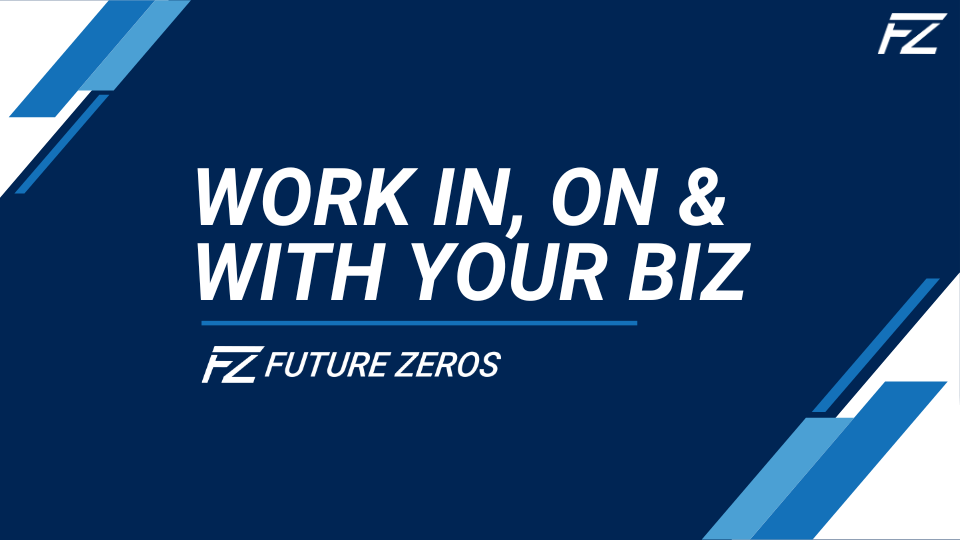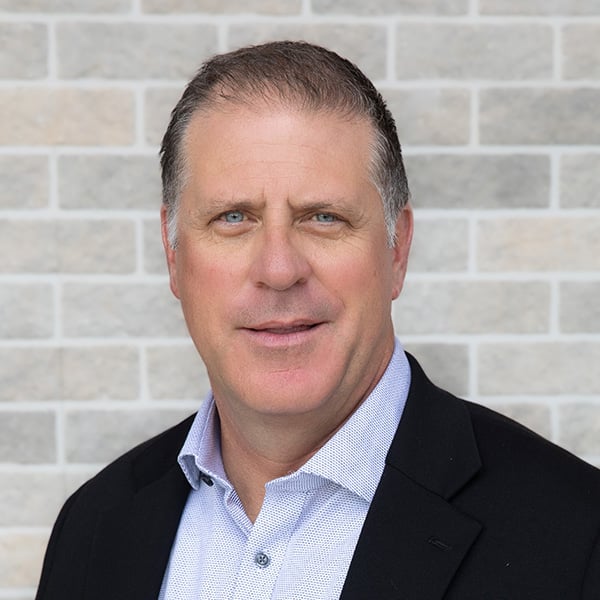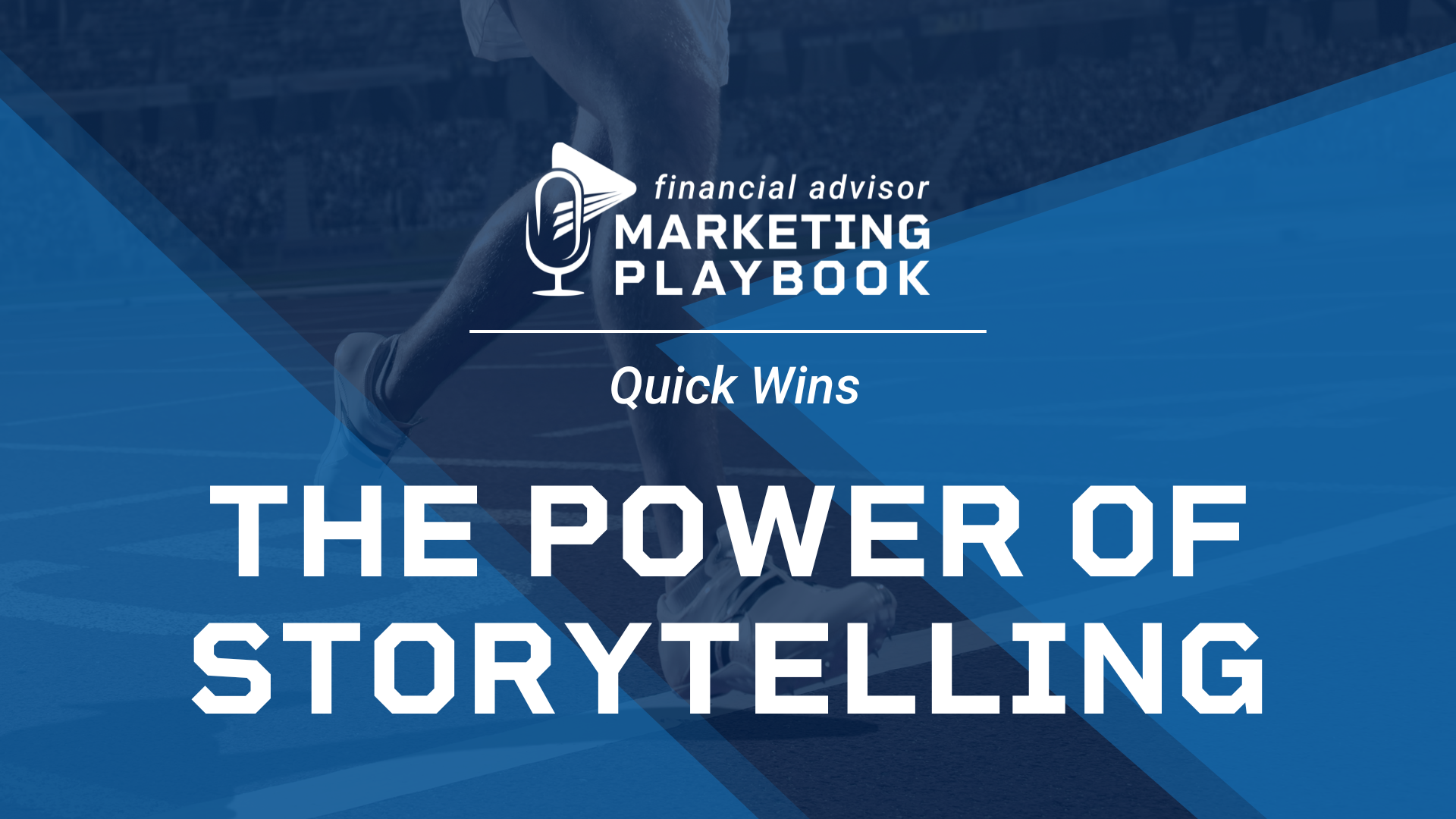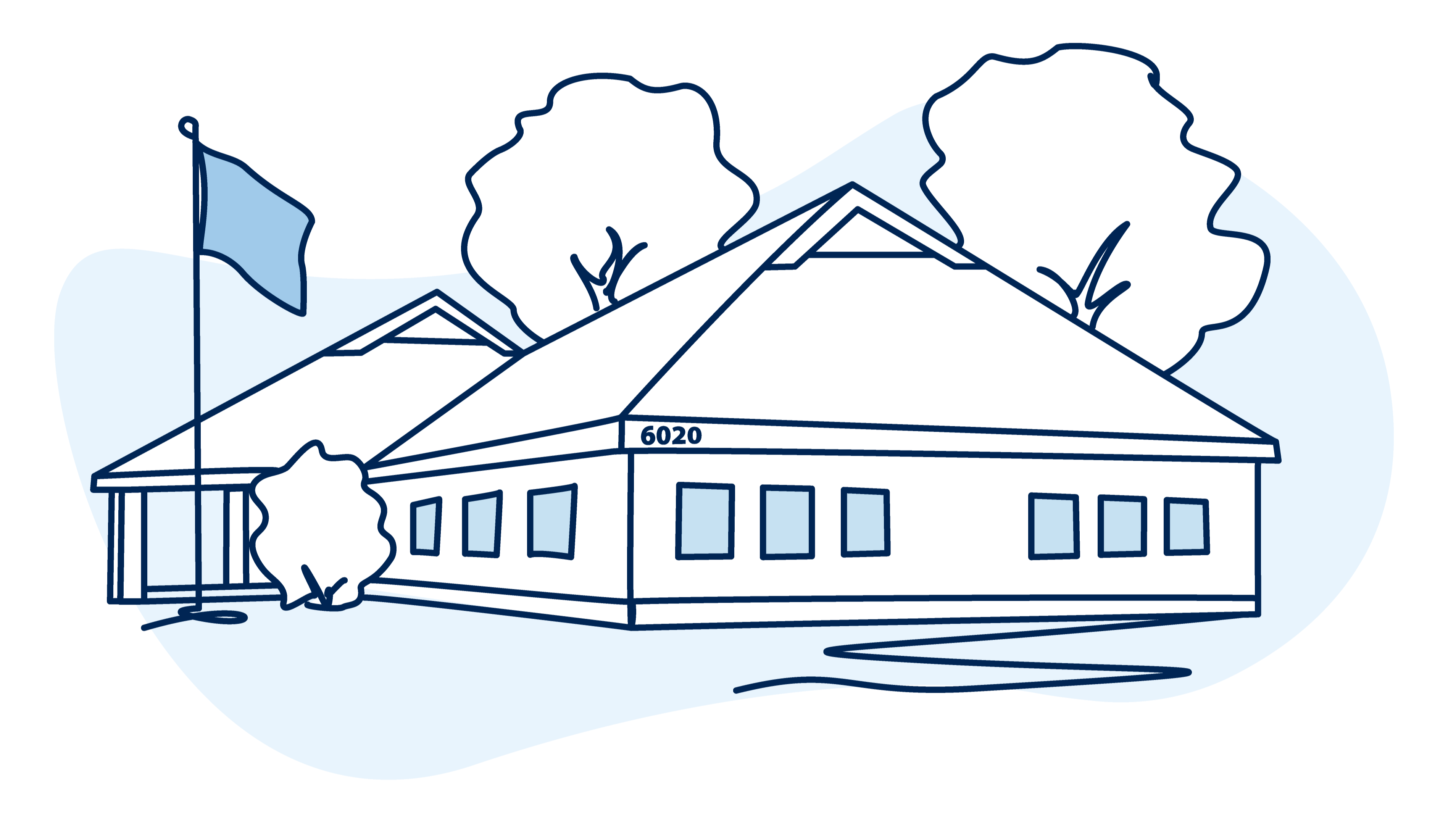Work In, On & With Your Business

Welcome to Future Zeros, a series focused on growing and monetizing your financial advisory practice with minimum risk and maximum value. You may have heard of the phrase “getting multiple bites out of the apple” when you sell a business, but you may not know how to actually make that happen. In this inaugural episode, host Mike Walters, CEO of USA Financial, talks about exactly that.
When you're talking about the concept of adding future zeros, what you're really focusing in on is the ability to grow the asset of your financial advisory practice to become probably the most valuable asset that you own. It is your business, and not only is it important to you for income and your clients for the services that you provide, but you are ultimately building this genuine asset that is going to inflate the net worth of the business owner. And simply put, you always wear two hats. You have your operator's hat and you have your owner's hat. Now most people blend those hats together. They think of it as one hat. They're the owner and the operator. But the reality is, those are two very separate and distinct things - because if someone is going to buy your business someday, or if you're going to buy someone else's business someday, you're going to think as an owner or an investor when you buy another business. Maybe you don't even want to run that business. You don't want to be the operator. You just want to be the owner and you're going to hire a different operator. It just so happens that most likely you are the owner and the operator of the financial advisory practice that you've created. So at some point in time, whether it's next year, five years from now, 10 years from now, or 20 years from now, you are ultimately going to have to determine the differences in those two hats that you have double layered on your head right now. Because at some point in time, you're going to need to act like an owner, not like an operator. And when that happens, you are going to need to know a lot of knowledge about a lot of things that you probably have no idea about now.
That's what I'm here to talk to you about. That's what the Future Zeros series is all about. Right now I just want you to think about this basic concept: we've all talked about working in our business versus working on our business. Now what I want to suggest to you is that you also need to work with your business. It's almost as if your business is a piece of clay and you need to mold it, because you're going to determine what its value is worth at the end based upon how you have worked with it over the next coming years. It's not just about being an operator and getting paid a paycheck and creating income on the P&L. It's also about building the balance sheet. And when you're building the balance sheet, you're working with the business, because someday, if you wish, you'll be able to separate those two hats. Maybe you don't want to be the operator anymore, but you want to continue to own it. So now you're just an investor, but you're paying someone else the paycheck to be the operator. Or maybe you want to buy another business and be the owner, but not the operator. Or maybe you want to sell the ownership of the business, but also quit being an operator of the business. Maybe you just want to sell the book of business.
But there is also an opportunity if you play your cards right and you don't wait too long, you don't wait till the end where you're just ready to throw the keys at somebody and walk out the door, and the business has not crested yet. It is still growing. So if you're not ready to be done yet, you're growing the business, and you have gas left in the tank, now you've really got something. Now you can work with the business. You've got a valuable asset. So you can structure this. You've probably had clients or friends that you know who have sold businesses, and they'll talk about multiple bites of the apple. This is how you get the multiple bites. If you're throwing the keys at someone, you do not get multiple bites. You might get an income stream or a payout stream over a period of time, but you're not actually getting multiple bites. Multiple bites means that you sell a piece of the business today, you retain the rest of it as ownership, and you continue to operate it as well. You want to now grow that business dramatically so that the next bite is worth even more than the first bite. So you can take some chips off the table today, you can probably lock in some multiples and some future valuation benchmarks that you can hit, and you actually know what you're running towards. And then down the road, when you pull the trigger again, that second or third or fourth bite will be worth more than the first bite, even though it represents a smaller percentage. That's when you really have the ability to generate wealth out of the business you're creating today because you're working with it. You're working with the business, which goes far beyond just working in the business or working on the business.
--
Future Zeros is a series for financial advisors who want to increase the value of their firm today and in the future. Your host, Mike Walters (CEO of USA Financial), digs into the nuances of mergers, acquisitions, and succession within the financial advice industry to help you add “future zeros” to your bottom line. Whether you are nearing an exit, just entering the business, or in the middle of building your practice, the Future Zeros series will provide thoughtful insights into how to grow your practice the right way in order to maximize your future value and minimize the risk associated with doing so.
Author Info

Mike Walters is the Chief Executive Officer (CEO) of USA Financial, leading the firm since its inception in 1988. Mike is committed to...
Related Posts

Year-End Planning with Purpose: Becoming the Advisor of the Future
In this episode of The RARE Advisor, Aaron Grady and Duncan MacPherson explore how financial advisors can approach year-end planning with intention and purpose. Rather than focusing solely on metrics and spreadsheets, they discuss the importance of aligning your “why” with your process and practice. Drawing on Japanese philosophies like Ikigai, Kaizen, Kintsugi, and Wabi Sabi, they share insights on creating a more meaningful, resilient, and sustainable business. Learn how embracing continuous improvement, authenticity, and technology can help you become the advisor of the future.

The Power of Storytelling: 3 Essential Stories Every Financial Advisor Needs
In this episode of Financial Advisor Marketing Playbook, Mark Mersman reveals how storytelling can transform your marketing and client relationships. Learn the three foundational stories every advisor needs: your origin story to build trust, your client transformation story to demonstrate results and empathy, and your philosophy story to define your beliefs and differentiate your brand. Discover practical tips for crafting these narratives and integrating them into your website, meetings, and marketing strategy.

Building a Client-Centered Practice: Insights from Duncan MacPherson & Pareto Systems
In this episode of the Rare Advisor, host Aaron Grady sits down with Duncan MacPherson of Pareto Systems to unpack the “Always On” client experience from The Blue Square Method—showing financial advisors how to move from personality-driven to process-driven, scalable firms. You’ll learn the four quadrants (Onside, Onboard, Ongoing, Onward), why a documented fit process and onboarding sequence create professional contrast, how the 12-4-2 service model competitor-proofs relationships, and why systematizing moments of truth builds advocacy and referrals. We cover turning know-how into intellectual property (playbooks/SOPs), becoming “fee-worthy” and referable, leveraging the Pareto principle for AAA clients, and shifting from B2C to B2B growth.

Year-End Planning with Purpose: Becoming the Advisor of the Future
In this episode of The RARE Advisor, Aaron Grady and Duncan MacPherson explore how financial advisors can approach year-end planning with intention and purpose. Rather than focusing solely on metrics and spreadsheets, they discuss the importance of aligning your “why” with your process and practice. Drawing on Japanese philosophies like Ikigai, Kaizen, Kintsugi, and Wabi Sabi, they share insights on creating a more meaningful, resilient, and sustainable business. Learn how embracing continuous improvement, authenticity, and technology can help you become the advisor of the future.

The Power of Storytelling: 3 Essential Stories Every Financial Advisor Needs
In this episode of Financial Advisor Marketing Playbook, Mark Mersman reveals how storytelling can transform your marketing and client relationships. Learn the three foundational stories every advisor needs: your origin story to build trust, your client transformation story to demonstrate results and empathy, and your philosophy story to define your beliefs and differentiate your brand. Discover practical tips for crafting these narratives and integrating them into your website, meetings, and marketing strategy.

Building a Client-Centered Practice: Insights from Duncan MacPherson & Pareto Systems
In this episode of the Rare Advisor, host Aaron Grady sits down with Duncan MacPherson of Pareto Systems to unpack the “Always On” client experience from The Blue Square Method—showing financial advisors how to move from personality-driven to process-driven, scalable firms. You’ll learn the four quadrants (Onside, Onboard, Ongoing, Onward), why a documented fit process and onboarding sequence create professional contrast, how the 12-4-2 service model competitor-proofs relationships, and why systematizing moments of truth builds advocacy and referrals. We cover turning know-how into intellectual property (playbooks/SOPs), becoming “fee-worthy” and referable, leveraging the Pareto principle for AAA clients, and shifting from B2C to B2B growth.

